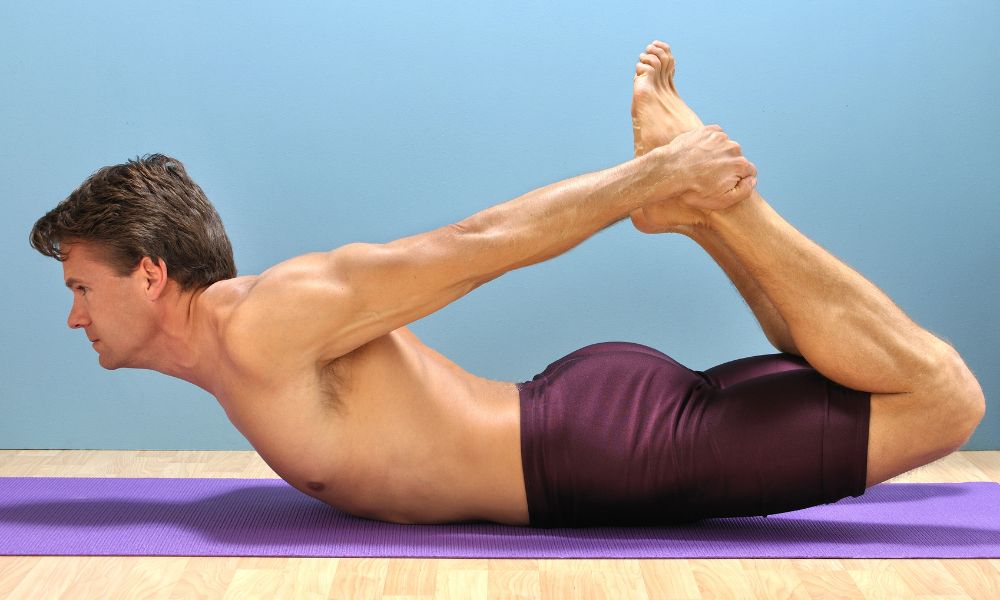
Maintaining a strong and healthy back is essential for overall well-being and proper posture. Incorporating regular stretching exercises into your routine can help alleviate back pain, improve flexibility, and promote better posture.
In this article, we present a five-move stretching routine that targets key muscles in the back, helping you strengthen your back muscles and achieve better posture.
Benefits of Stretching
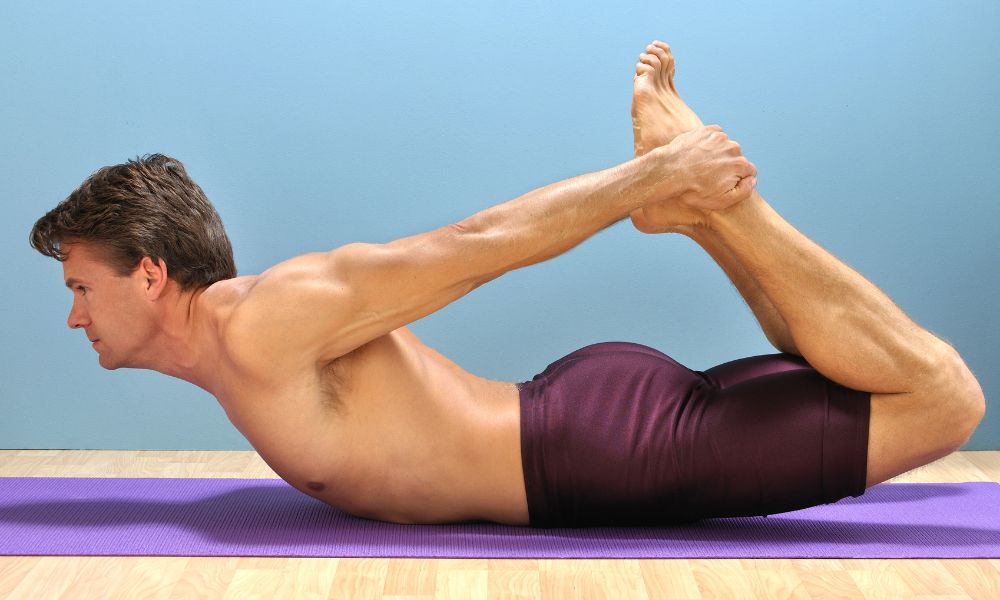
Alleviates Back Pain
Stretching exercises can help alleviate back pain by reducing muscle tension and increasing blood flow to the affected area. By targeting the muscles in the back, stretching can provide relief from common issues like tightness and discomfort.
Enhances Flexibility
Regular stretching helps improve the flexibility of the muscles and connective tissues in the back. Increased flexibility allows for a better range of motion and reduces the risk of muscle strains or injuries during daily activities or exercise.
Strengthens Back Muscles
The stretches in this routine specifically target the muscles in the back, including the lower back, upper back, and surrounding areas. Regularly performing these exercises can help strengthen these muscles, leading to improved stability and support for the spine.
Promotes Proper Posture
Poor posture is a common concern that can lead to various musculoskeletal issues. Stretching exercises that target the back muscles help release tension and lengthen tight muscles, allowing for better alignment of the spine. As a result, regular stretching can contribute to improved posture and reduced strain on the back and neck.
Enhances Core Stability
Many of the stretches in this routine engage the core muscles, which play a crucial role in maintaining good posture and supporting the spine. By incorporating these exercises, you can strengthen your core, leading to improved stability and reduced stress on the back.
Relaxes Mind and Body
Stretching exercises not only benefit the physical body but also promote mental relaxation. Engaging in a stretching routine allows for a mindful break, helping to reduce stress and tension. Relaxation of the mind can positively impact overall well-being, including posture and muscle health.
It’s important to note that consistency is key when it comes to stretching for back strength and posture improvement. Incorporate these exercises into your routine and aim for regular practice to maximize the benefits.
However, if you have any underlying medical conditions or chronic back issues, it’s advisable to consult with a healthcare professional or a qualified physical therapist before starting any new exercise regimen.
Let’s dive into the stretches:
1. Bow Pose
The Bow Pose is a dynamic stretch that targets the lower back muscles and promotes spinal flexibility.
- Lie face down on a mat or a comfortable surface.
- Bend your knees and reach your hands back to grasp your ankles.
- Inhale deeply, then lift your chest and thighs off the ground by pulling your ankles towards your buttocks.
- Maintain the position for 20-30 seconds while breathing steadily.
- Exhale and release the pose slowly, lowering your chest and thighs back down to the ground.
2. Leg Hamstring Stretch
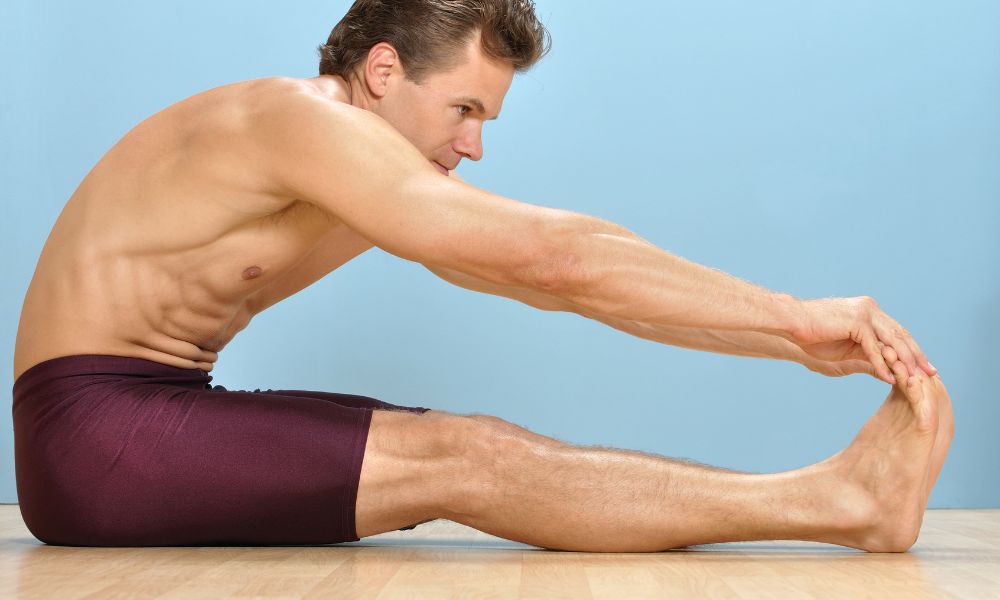
The Sitting Double Leg Hamstring Stretch focuses on lengthening the hamstrings, which can alleviate lower back tension and improve flexibility.
- Sit on the floor with your legs extended in front of you.
- Keep your back straight and engage your core.
- Slowly bend forward from the hips, reaching your hands towards your toes.
- If possible, gently grasp your feet or ankles.
- Hold the stretch for 20-30 seconds while maintaining a relaxed breathing rhythm.
- Slowly release the stretch and return to the starting position.
3. Warrior II
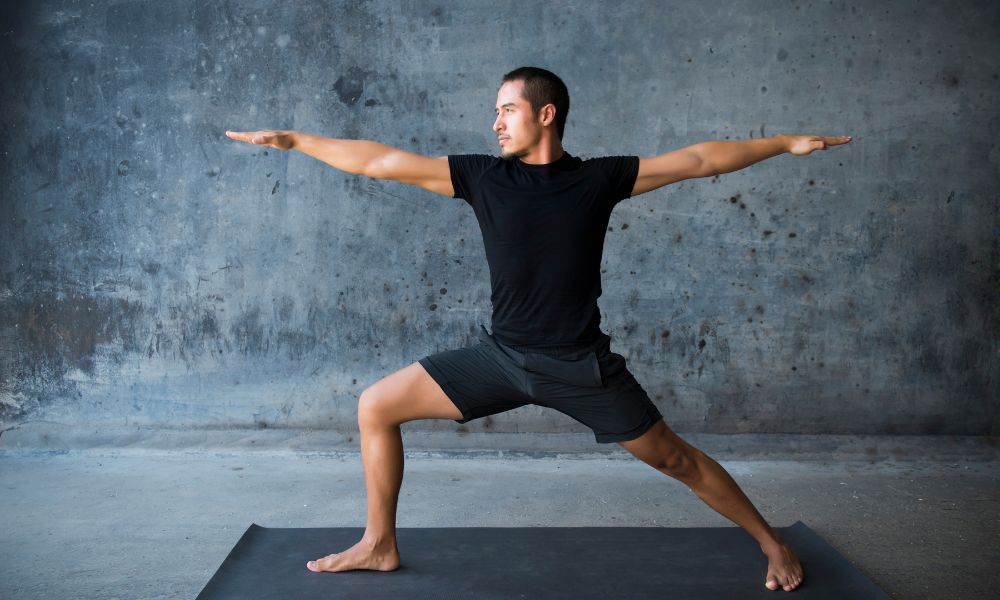
Warrior II is a yoga pose that engages multiple muscle groups in the back and promotes spinal alignment and strength.
- Stand with your feet wider than hip-width apart.
- Turn your right foot out 90 degrees and align your right heel with the arch of your left foot.
- Extend your arms parallel to the floor, with your palms facing down.
- Bend your right knee, ensuring it aligns with your right ankle while keeping your left leg straight.
- Gently turn your head to gaze over your right fingertips.
- Hold the pose for 30 seconds to 1 minute, maintaining a steady breathing pattern.
- Release the pose and repeat on the opposite side.
4. Reverse Plank
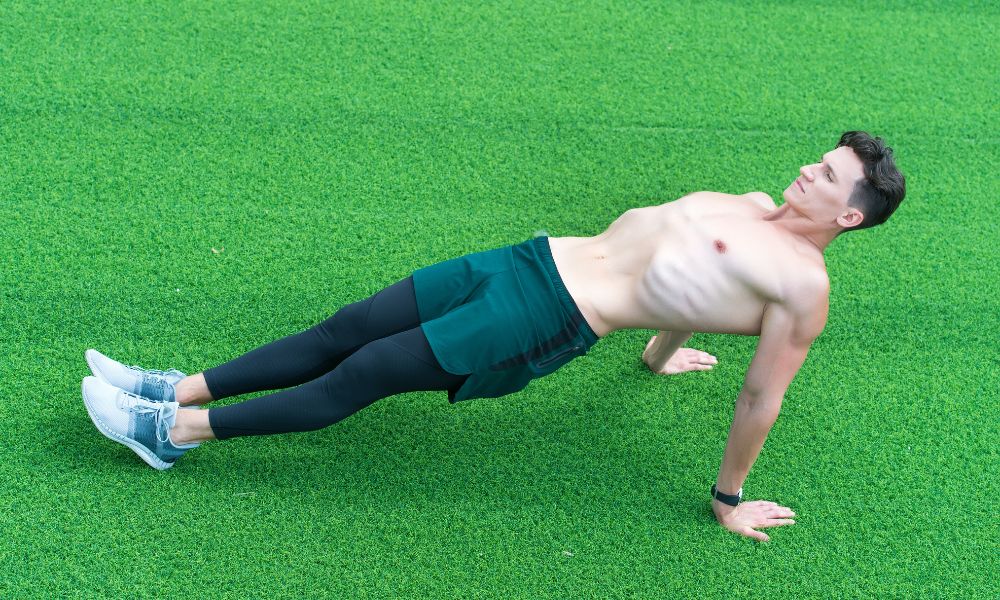
The Reverse Plank is an effective exercise for strengthening the muscles in your upper back, shoulders, and core.
- Sit on the floor with your legs extended in front of you.
- Place your hands on the floor, slightly behind your hips, with fingers pointing towards your feet.
- Press through your hands and lift your hips off the ground, coming into a reverse tabletop position.
- Keep your legs extended, engage your core, and lift your chest to open your shoulders.
- Hold the position for 20-30 seconds, breathing steadily.
- Slowly lower your hips back to the ground to release the pose.
5. Cobra Pose
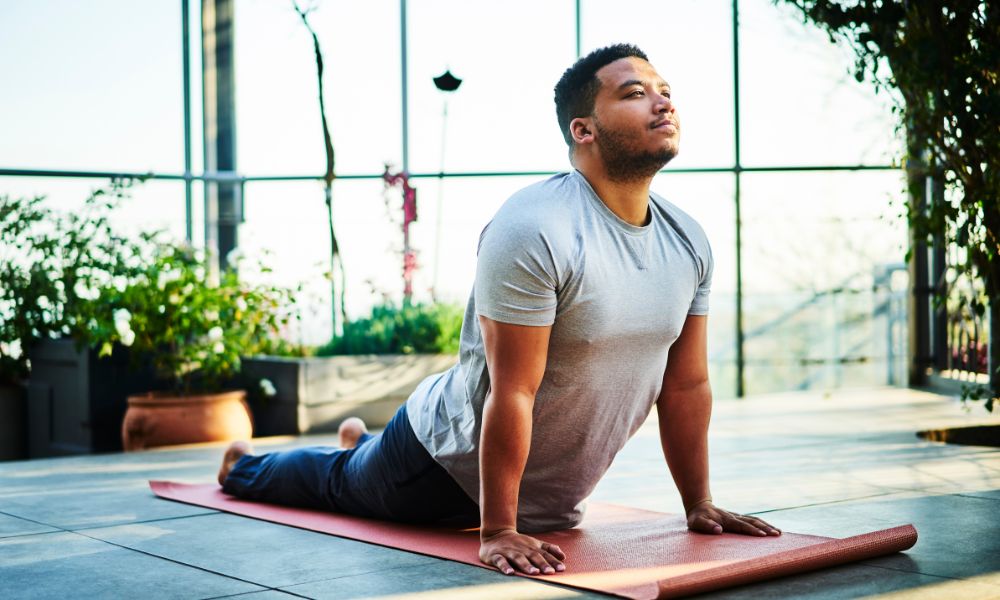
The Cobra Pose targets the muscles in the lower back and helps improve spinal mobility and posture.
- Lie face down on the mat with your legs extended and the tops of your feet touching the floor.
- Place your hands on the mat beneath your shoulders, fingers pointing forward.
- Press through your hands, lift your chest off the ground, and gently arch your back.
- Keep your shoulders relaxed, and avoid putting excessive strain on your lower back.
- Hold the pose for 20-30 seconds, breathing deeply.
- Slowly lower your chest back down to the mat to release the stretch.
Conclusion
By incorporating these stretching exercises into your routine, you can strengthen your back muscles, improve flexibility, and promote better posture. Remember to perform each stretch with proper form and listen to your body’s limits.
Over time, you’ll notice the positive impact on your back strength, posture, and overall well-being. Consistency is key, so aim to include these stretches regularly in your exercise regimen


